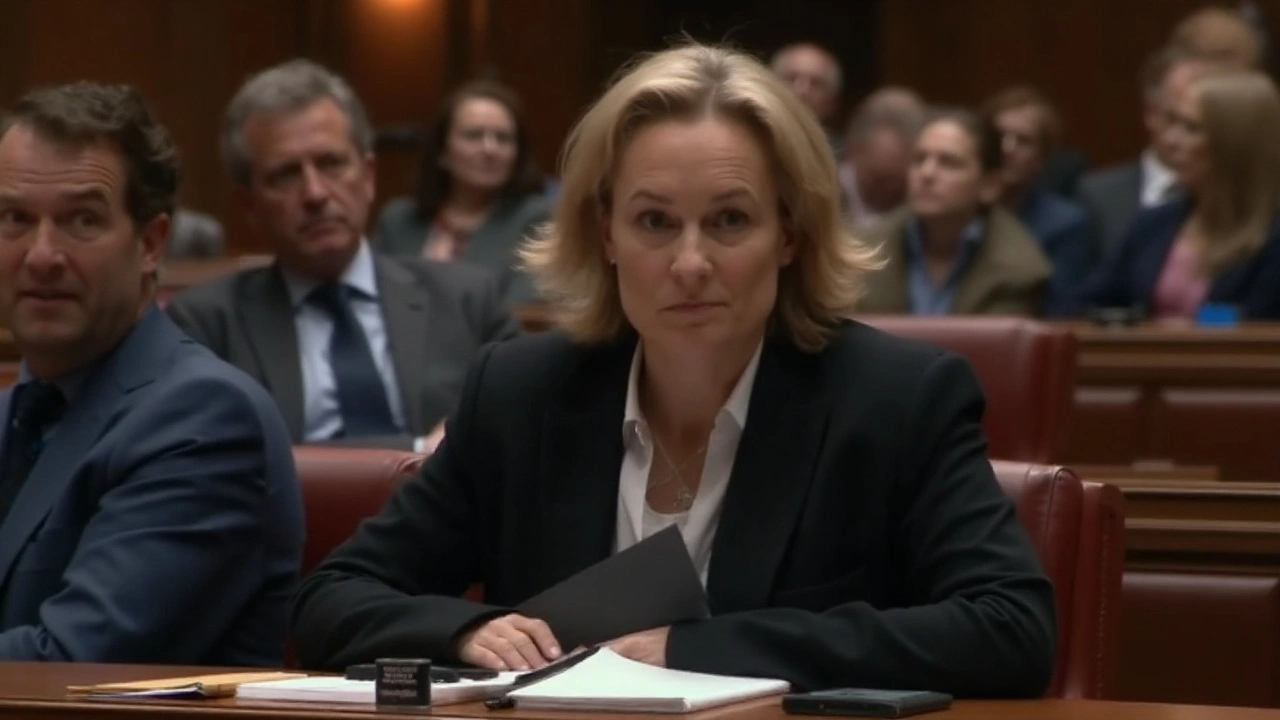Understanding a Vote of No Confidence in South Africa
A vote of no confidence is a parliamentary tool that lets lawmakers say the current government no longer has their support. When enough members vote ‘no’, the prime minister or president may have to resign, and new elections can be called. It sounds dramatic, but it’s basically a way for a legislature to check the executive when things go off track.
In South Africa, the process is laid out in the Constitution. The National Assembly can move a motion of no confidence against the President or the entire cabinet. To succeed, a simple majority – more than half of the 400 members – must back the motion. If the motion passes, the President must resign within 14 days, and the Assembly elects a new leader.
How the Motion Gets Started
Anyone in the Assembly can propose the motion, but it usually comes from the opposition or a coalition that feels the government isn’t delivering. The motion needs to be written, signed by at least 10 members, and then debated. During the debate, MPs explain why they think the government has failed – maybe because of corruption, poor economic policies, or a major scandal.
After the debate, a vote is taken. If the motion fails, the government stays in power and the opposition may try again later. If it passes, the President steps down and the Assembly works quickly to appoint a successor, often from the same party if they can still command a majority.
Real‑World Examples and What They Mean for You
South Africa hasn’t seen a successful vote of no confidence at the national level yet, but provincial legislatures have used it. In 2021, the Gauteng Provincial Legislature held a vote that forced the Premier to resign after a series of service delivery protests. The change brought a new leader who promised better governance, which in turn affected local businesses and job programs.
Why does this matter for students and interns? Political stability influences the job market, especially for internships tied to government projects or NGOs. A change in leadership can shift funding priorities, open new internship slots, or shut down existing programs. Staying aware of these votes helps you anticipate where new opportunities might pop up.
If you’re looking for internships, keep an eye on news sites, official parliamentary feeds, and social media for any upcoming motions. When a vote is announced, check which ministries or departments are likely to be reshuffled – they often launch fresh internship drives to showcase a new direction.
In short, a vote of no confidence is a powerful check‑and‑balance that can reshape the political landscape. It signals dissatisfaction, can trigger leadership changes, and may ripple through the economy and job market. By understanding how it works, you can better navigate your career path, especially if you’re aiming for roles connected to public service.
Prime Minister François Bayrou was ousted in a no-confidence vote after forcing through €44 billion in cuts using Article 49.3. France now faces its fifth PM in under two years, a record run of instability under President Macron. Debt is above €3 trillion, the deficit is 5.8% of GDP, and credit ratings are under pressure. Macron will name a new PM in days, with strikes and street protests looming.
